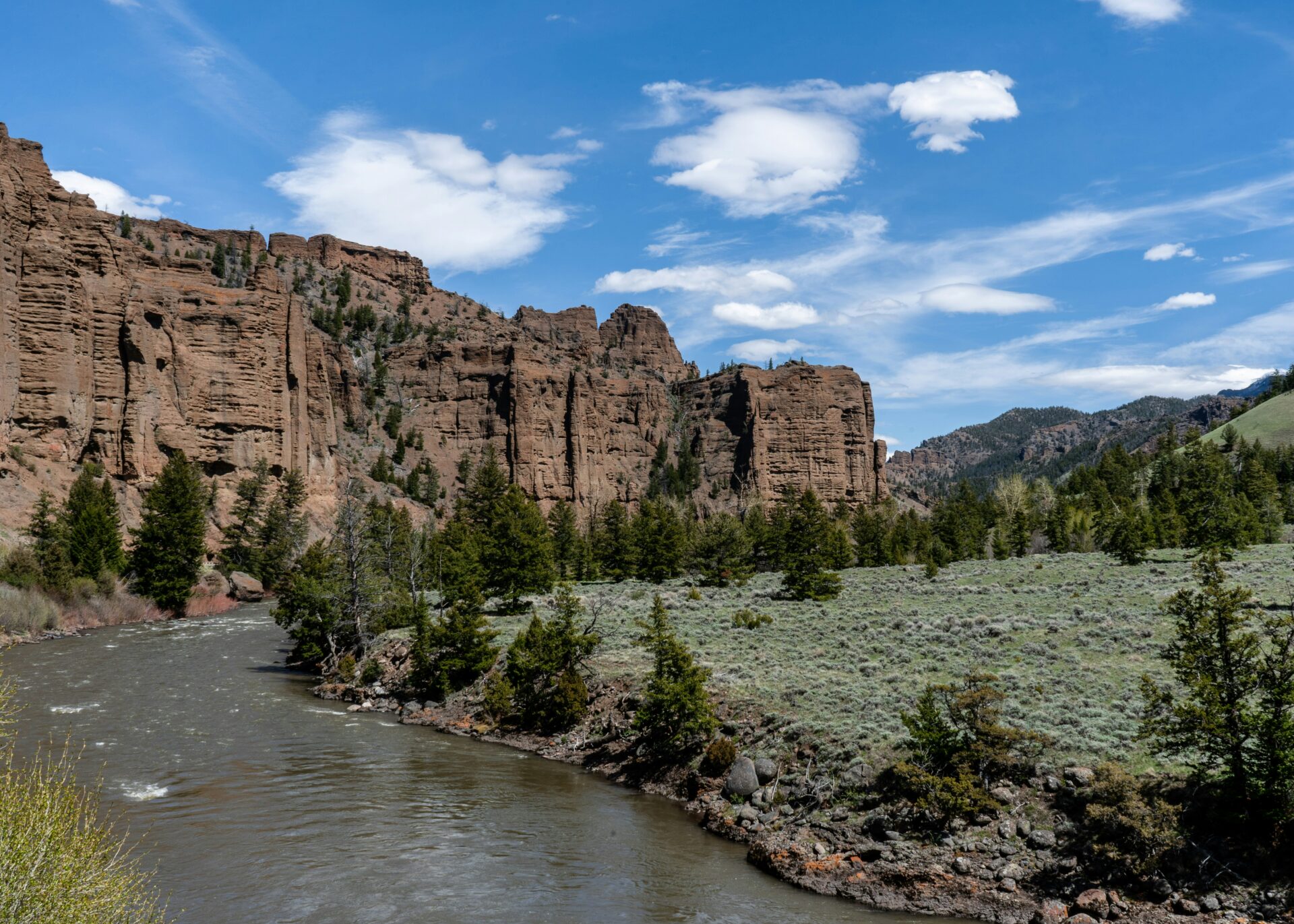A miraculous recovery of the Yellowstone National Park ecosystem, due to the reintroduction of wolves, has completely reshaped the northern range through a trophic cascade – changes at the top of the food chain having a domino effect down the entire ecosystem. Check out these two articles featuring CBI’s William Ripple!
Wolves Transform Yellowstone’s Landscape: 1,500% Growth in Riverside Plants Shows Nature’s Comeback
“Our findings emphasize the power of predators as ecosystem architects,” said William Ripple from Oregon State University, who led the research. “The restoration of wolves and other large predators has transformed parts of Yellowstone, benefiting not only willows but other woody species such as aspen, alder, and berry-producing shrubs.”
Restoring predators, restoring ecosystems: Yellowstone wolves and other carnivores drive strong trophic cascade
The research, which utilized previously published data from 25 riparian (streamside) sites and collected over a 20 year period, from 2001 to 2020, revealed a remarkable 1,500% increase in willow crown volume along riparian zones in northern Yellowstone National Park, driven by the effects on elk due to a restored large carnivore guild following the reintroduction of wolves in 1995–96, and other factors. The study was led by Dr. William J. Ripple of Oregon State University and the Conservation Biology Institute in Corvallis, OR, and published in Global Ecology and Conservation.
